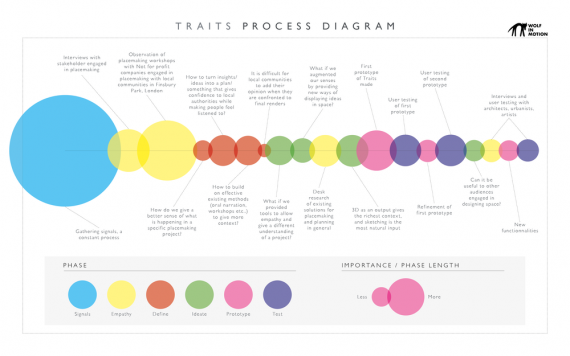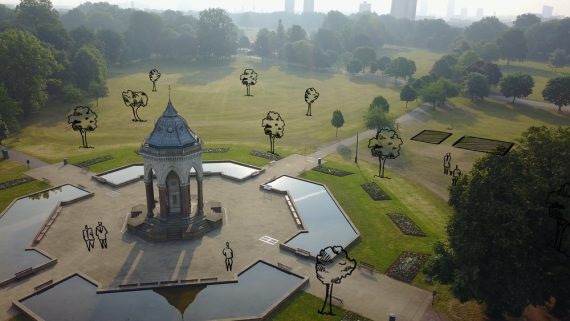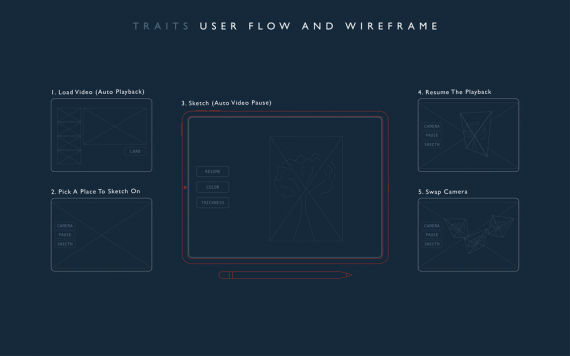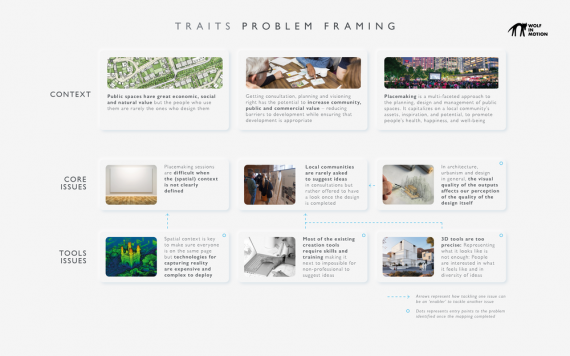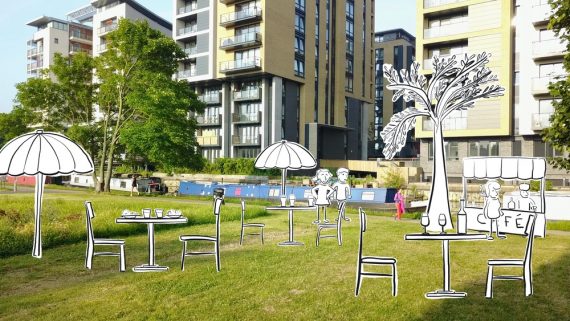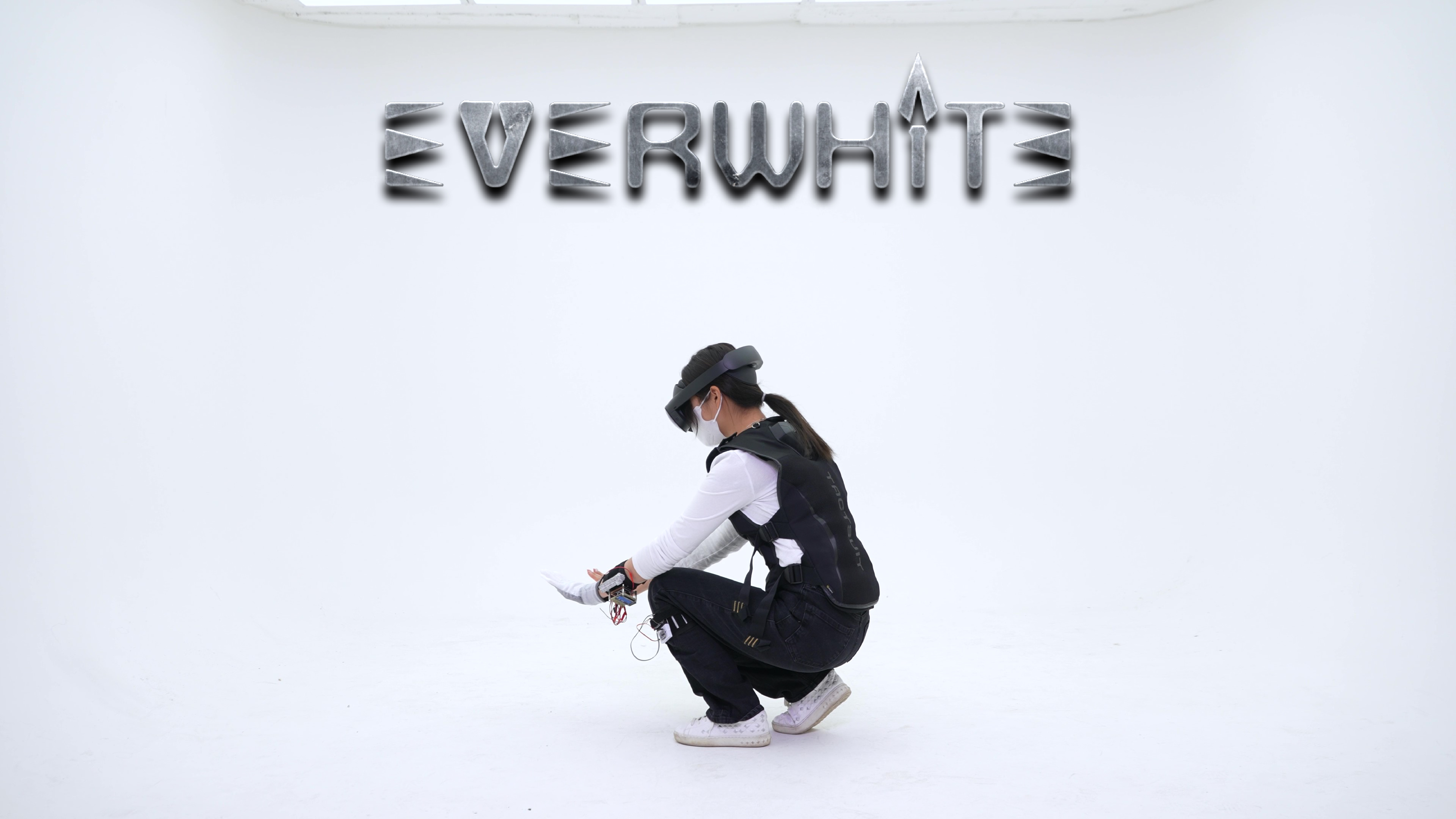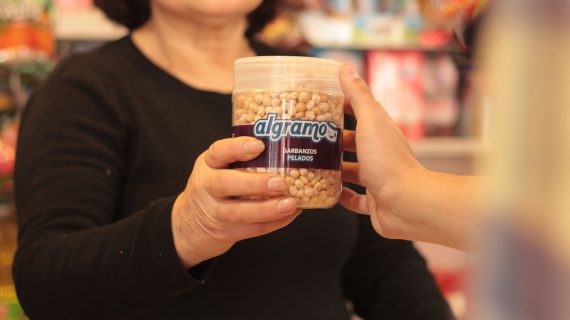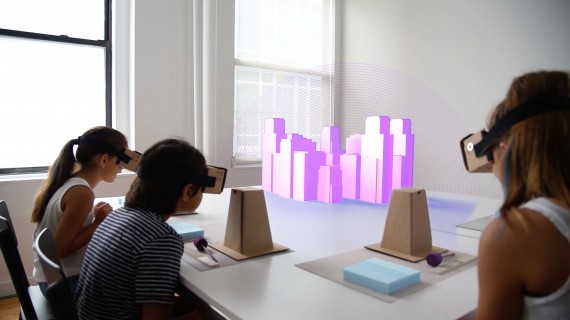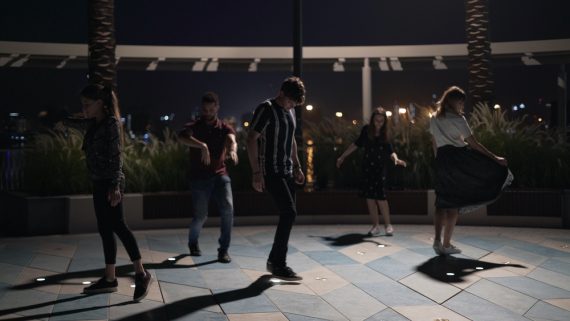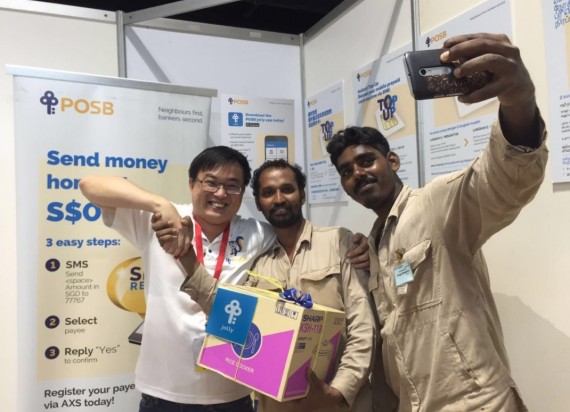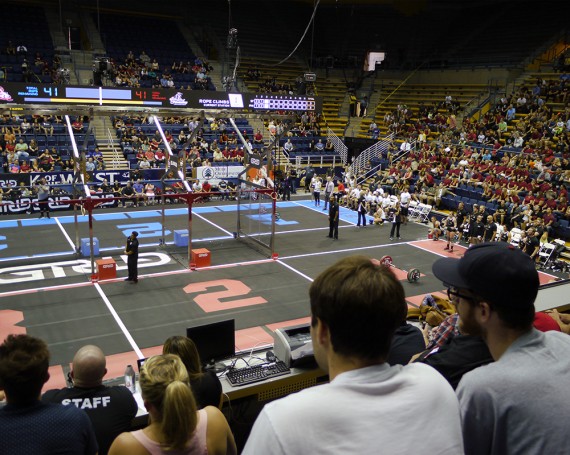Traits — Sketching in video
Team
Company | Institution
Category
Type
Project description
With a brief to explore innovations in the area of space design and placemaking, we decided to look at low-cost and low-entry-barrier solutions that would allow us to engage the local population in public consultations.
Context
With a brief to explore innovations in the area of space design and placemaking, we decided to look at low-cost and low-entry-barrier solutions that would allow us to engage the local population in public consultations.
Craft
Traits followed a signals-empathise-define-ideate-prototype-test process:
Signals – before working on Traits, we as a studio had been exploring all the progresses in technology over the last decade and how they would bring new design opportunities at reduced costs. Two of these progressions were eventually used in Traits: the advent of real-time, free compositing solutions and consumer grade drones that capture high-quality images from virtually any angle.
Empathise – Over the course of two months, we took part (as observers) in various sessions of placemaking, gathering people from all backgrounds to plan, design and think about public spaces. We also interviewed professionals from the design industry in our own network and gathered the following thoughts:
– The way context is given is key to a good ideation session. Context ensures whatever comes out of the session is relevant to the specifics of the project
-There are many technologies out there to capture reality or reconstruct it in order to build directly inside a spatial context, but they can be quite expensive and complex to deploy for large spaces
– 3D as an output is great (when curated properly) as it gives the richest contextual information in the shortest amount of time. Real footage of the space triggers more thought around its use in participants than 2D media like sketches or images
– However in terms of input, 2D mediums are preferred for their speed and, in the case of sketching, the fact that almost zero tutoring is needed
– Thinking and communicating visually is a skill which must be trained. Designers and Architects working on these designs will have had years of experience, but the participants will not. The barrier to overcome was to reduce this skill requirement, and put disadvantaged participants on a level playing field
Define – we found traditional ideation sessions with the public are not good enough at delivering this context. The problem is with the medium or method of sharing information, and of receiving the participants input.
Ideate – we brainstormed different mediums of communication, keeping in mind the insights made in the empathise stage.
Prototype – we created a simple-to-use application that combined the 3D output of video with the 2D input of sketching, in other words creating a video player that could be sketched on at any point and the sketch rendered in real time. Video for the context would be taken using drones over the intended area.
Test & Impact – the patent-pending technology is currently running as a private beta with selected partners. In particular it was used in community ideation sessions on a collaborative Innovate UK project with Golant Innovation and Furtherfield. The project seeks to reinvigorate finsbury park thought placemaking and space design, and results with Traits have already been very useful for the codesign.
Context
With a brief to explore innovations in the area of space design and placemaking, we decided to look at low-cost and low-entry-barrier solutions that would allow us to engage the local population in public consultations.
Craft
Traits followed a signals-empathise-define-ideate-prototype-test process:
Signals – before working on Traits, we as a studio had been exploring all the progresses in technology over the last decade and how they would bring new design opportunities at reduced costs. Two of these progressions were eventually used in Traits: the advent of real-time, free compositing solutions and consumer grade drones that capture high-quality images from virtually any angle.
Empathise – Over the course of two months, we took part (as observers) in various sessions of placemaking, gathering people from all backgrounds to plan, design and think about public spaces. We also interviewed professionals from the design industry in our own network and gathered the following thoughts:
– The way context is given is key to a good ideation session. Context ensures whatever comes out of the session is relevant to the specifics of the project
-There are many technologies out there to capture reality or reconstruct it in order to build directly inside a spatial context, but they can be quite expensive and complex to deploy for large spaces
– 3D as an output is great (when curated properly) as it gives the richest contextual information in the shortest amount of time. Real footage of the space triggers more thought around its use in participants than 2D media like sketches or images
– However in terms of input, 2D mediums are preferred for their speed and, in the case of sketching, the fact that almost zero tutoring is needed
– Thinking and communicating visually is a skill which must be trained. Designers and Architects working on these designs will have had years of experience, but the participants will not. The barrier to overcome was to reduce this skill requirement, and put disadvantaged participants on a level playing field
Define – we found traditional ideation sessions with the public are not good enough at delivering this context. The problem is with the medium or method of sharing information, and of receiving the participants input.
Ideate – we brainstormed different mediums of communication, keeping in mind the insights made in the empathise stage.
Prototype – we created a simple-to-use application that combined the 3D output of video with the 2D input of sketching, in other words creating a video player that could be sketched on at any point and the sketch rendered in real time. Video for the context would be taken using drones over the intended area.
Test & Impact – the patent-pending technology is currently running as a private beta with selected partners. In particular it was used in community ideation sessions on a collaborative Innovate UK project with Golant Innovation and Furtherfield. The project seeks to reinvigorate finsbury park thought placemaking and space design, and results with Traits have already been very useful for the codesign.

